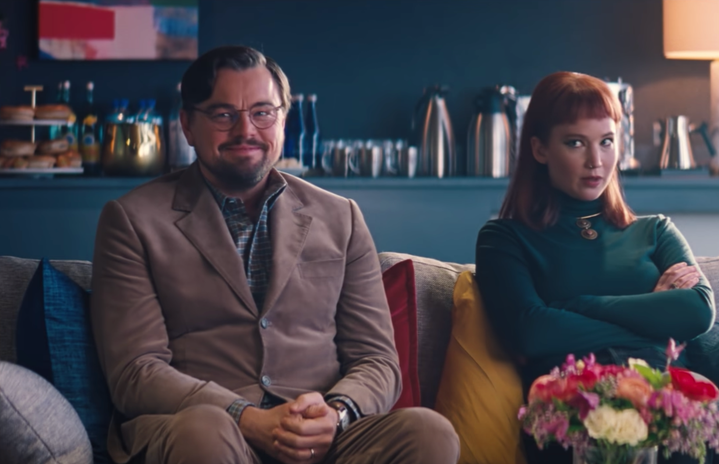The importance of representation in films isn’t a new discussion. Even with the well-known Bechdel Test being created and introduced back in 1985, whitewashed movies and male-heavy cast and crew have become the norm today. It’s clear that the movie industry still grapples with problems relating to gender equality and intersectionality.
Here are some tests to scrutinise your favourite movies and TV shows based on their levels of gender representation, diversity and intersectionality.
1. The Bechdel Test
The most popular on the list was the Bechdel Test created in 1985 by Alison Bechdel who had envisioned female inclusion in films based on three fundamental criteria. The movie must have at least two female characters talking to each other about a topic other than a man.
It sounds simple but you’d be surprised by the amount of blockbuster movies that have failed the test: Mission Impossible: Fallout, Deadpool 2 and so on. However, an unexpected film like American Pie 2 has passed the test. That is why other tests have come into existence to challenge and measure the films based on broader inclusion and representation.
2. The Uphold Test
The Uphold Test, possibly the simplest test on this list, was created by Rory Uphold— a writer and actress who emphasises on the production demographic working on and off screen.
The test has one single criteria: a film passes if the on-set crew consists of 50 percent women. While it may seem simple, none of the top 50 movies in 2016 have passed the test.
3. Mako Mori test
A film passes the Mako Mori test if there’s one female character with her own narrative arc outside of supporting a man’s story. She can be a protagonist or an antagonist and must possess well rounded and dimensional characteristics such as motives and desires that she will ultimately pursue.
The name of the test originated from a conversation on tumblr where two users were discussing the character Mako Mori from the 2013 film Pacific Rim. While many Disney films like Snow White and the Seven Dwarfs and Cinderella have passed the test, they have also been criticised for portraying one-dimensional women.
4. The Villarreal Test
Created by Lindsey Villarreal, this is a test that is more complex than the others. A film fails immediately if the leading female character is introduced into the film as a typical female stereotype, such as the sexualisation of her character or portrayal of her being a heartless,cold matriarch.
However, if the film fails the first criteria, it can redeem itself by passing a minimum of three of the following four conditions: the character must have a career with a position of authority or power, be a mother, is reckless (or makes bad decisions) or choose their own sexual identity.
5. The Vito Russo Test
The most popular test for LGBTQ+ representation was the Vito Russo test that posits for a film to contain an identifiable LGBTQ+ character who is not predominantly defined by their sexual orientation or gender identity. The character must be tied to the plot in ways where their absence would have a significant effect. This means they are not there to merely provide some comic relief, colourful commentary or to create an authentic urban setting.
These tests are by no means a comprehensive indicator of representation and equality in media but they are surely a tool for thinking critically about the content that we are consuming on a daily basis. It’s very difficult and maybe even impossible to discover a film that can satisfy every single one of these tests.
Even so, films and shows that have passed some of these tests have shown that they’re a few steps closer in the fight for a broader representation. As the movie industry, viewers and the tests continue to evolve, we can only hope that gender inclusion and diversity evolve with them.


